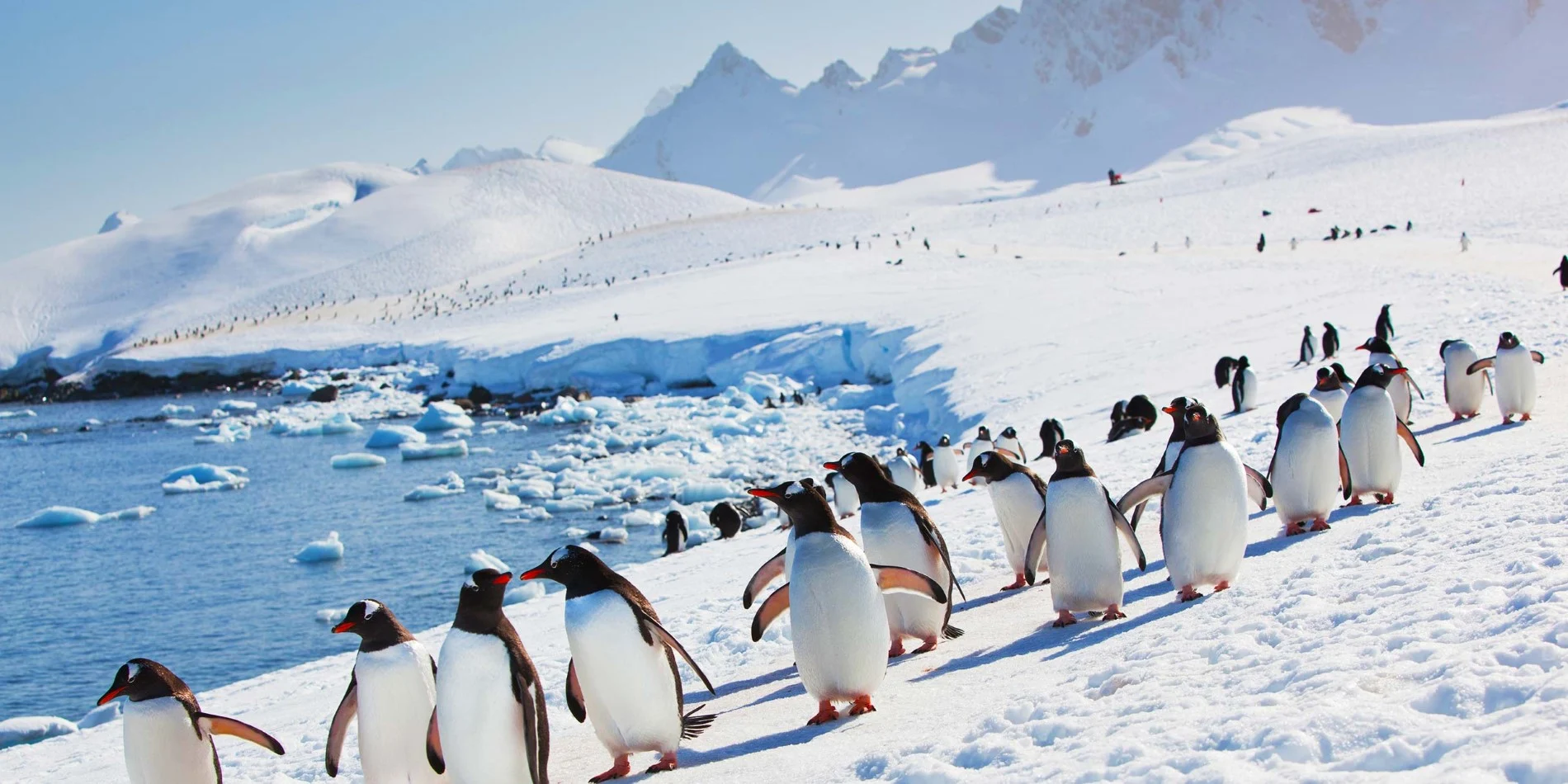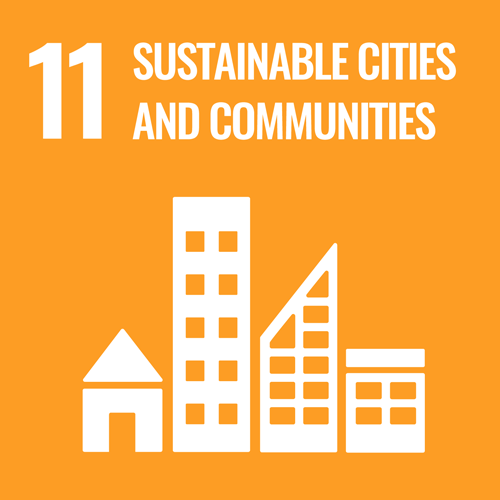“What does Antarctica smell like?”
It’s a question only a child could — and did — ask about the southern-most continent on Earth. And it’s just one of many questions from children helping to populate The Antarctic Explorer, a new AI-powered learning platform.
Antarctica inspires wonder in children and adults of all ages — and that’s no surprise. “There are so many startling and amazing facts about the Antarctic,” says Greg Carter, Chief Executive Officer of Mawson’s Huts and owner of an Antarctic tour company. “It’s the coldest, it’s the highest, it’s the driest continent. It’s officially a desert. There’s very little precipitation, and some areas have not seen snow for millions of years. It holds 90% of the world’s fresh water supply, so if the whole of Antarctica melted, sea levels would rise by 60 meters.”
For those lucky enough to visit, the experience is life altering. “As anyone who’s been to the Antarctic can tell you, it changes you — it’s very humbling,” says Carter. “The classic line is that it’s as close as you can get to being on another planet while still being on Earth.”
The Mawson’s Huts Foundation is a non-profit committed to conservation of the Antarctic and Australia’s history within it. “We’re working to educate schoolchildren and others about the continent itself and the importance of sustaining its pristine environment,” says Carter. “For me, that’s a big, big part of the mission: to inspire that next generation of scientists and people who want to change the world.”
To that end, the foundation offers several Antarctic educational programs, including a museum in Hobart, Australia, that features a full-scale replica of the huts, a “Science and Sustainability” bus that travels to regional schools and The Australian Antarctic Festival every other year in Hobart, Australia.
The idea for creating an interactive AI-powered learning platform came to Ian Warner, Managing Director at IBM Business Partner ISW, when a foundation leader gave him a tour through the replica museum. “We had a cup of tea afterward, and I said, “You know, we could use AI to really step up this experience another notch,’” recalls Warner. “What if we used IBM Watson technologies to allow schoolchildren to ask questions about Mawson’s Huts and Antarctica and get immediate answers?” Together, ISW and the foundation began laying the groundwork for making that concept a reality.
AI-powered expertise to unlock imagination
In 2020, circumstances converged to spur the project forward: ISW had the right people in place and COVID-19 created a pressing need for remote education. The joint venture to develop an interactive, visually rich learning platform was underway, with ISW taking on the technology piece and the foundation procuring the underlying content.
The learning platform runs on IBM Cloud Foundry, a platform as a service (PaaS) cloud offering, so children and others can access it from a browser wherever they are. Users submit questions via a browser-based interface and the learning platform uses AI-powered natural language processing (NLP) capabilities provided by IBM Watson® Assistant to interpret the questions and deliver appropriate answers with associated media — videos, images and documents — that are stored in and retrieved from IBM Cloud Object Storage.
For an even deeper interactive experience, the platform offers optional IBM Watson Speech to Text and IBM Watson Text to Speech AI capabilities, for such purposes as providing hands-free availability to students with disabilities.
For more insights on how AI accelerates sustainability and empowers communities watch:
“Today, we’ve made excellent progress in developing the platform. It’s been a big learning curve for us, but ISW has done an outstanding job in putting it together using IBM Watson and cloud technology,” says Carter.
The Mawson’s Huts Foundation has access to a rich assortment of subject matter experts contributing questions and answers to the platform. “The foundation has built up a wonderful network of archeologists, conservators, wildlife experts and climatologists, as well as medical officers who accompany us on expeditions,” says Carter. “So far, we’ve pulled together more than 500 Antarctic-related answers to many thousands of questions.”
“Until now, there’s been no single place that holds this information,” he continues. “It’s been scattered everywhere. The potential to educate and inspire people — to talk about history of the continent, international cooperation in the Antarctic, animals and krill, the climate — that’s the big drawcard for this platform.”
Questions from schoolchildren and teachers are providing a fresh, real-world perspective to the content, as well. “We’re finding kids are asking questions we hadn’t considered,” says Carter. “They like to get to the nitty gritty very quickly with questions like, ‘How many penguins did the early expeditions have to kill?’ ‘Did they eat them and what did they taste like?’ and things like that. These are all good, important questions.”
AI entering the classroom
Today, the collaborative work to build and populate the platform continues to flourish. “We’ve made excellent progress, with coverage of 15 topics that the team has refined over the last six months. It’s been a big learning curve for us,” says Carter. “But ISW has done an outstanding job of putting it together using IBM Cloud and IBM Watson technology.”
Initial responses from teachers and students to beta versions of the platform have been highly favorable. The next stage will be to fine-tune the platform, incorporating as many questions from children as possible and conducting additional testing.
Although there’s an Australian National Curriculum, each state and territory is responsible for its implementation and for translating the broad curriculum into more specific content. The Mawson’s Huts Foundation is working with a number of individual states to write Antarctic-related content that is ready for teachers’ use in their classrooms.
So, before the platform is ready to launch in schools — currently slated for the beginning of the 2022 Australian school year — Carter plans to seek endorsements from the Australian government education department, as well as various state education departments, starting with New South Wales and Tasmania. The foundation then will begin reaching out to schools to enlist them to use the platform as a teaching and learning tool.
“I see a lot of promise for rolling this out in other countries,” says Carter. “There’s so much potential with the signatory nations of the Antarctic Treaty in particular, as well as all the embassies involved in our Antarctic Festival. And especially given the international cooperation that happens in Antarctica — it’s just unbelievable how countries work together.”
In fact, several have already expressed interest. “I work a lot with the United Kingdom Antarctic Heritage Trust and the New Zealand Antarctic Heritage Trust,” says Carter. “They’re very interested in the Antarctic Explorer and the possibility of using it in their countries.”
For ISW’s part, the platform has opened up additional technological and creative possibilities. “We see an opportunity to use the same methodologies to develop learning platforms for other museums and organizations,” says Warner. “And obviously IBM AI tools would be the logical choice for helping us reach those markets.”
As development of the platform evolves, the foundation also continues to further its mission of preserving the huts in Antarctica. Based on his visits to the continent, Carter has an answer to the schoolchild’s original question:
“Yes, Antarctica does have a smell — particularly when you get near the penguins.”
This article first appeared on the IBM blog here.















